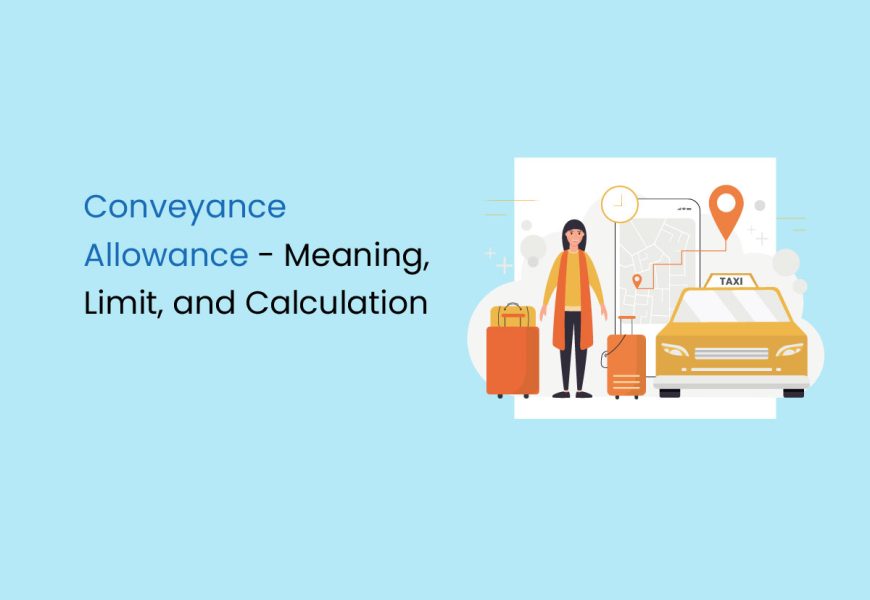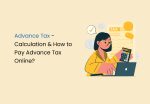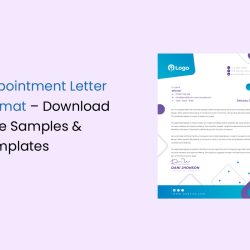Conveyance allowance, commonly provided by organisations globally, is a prevalent employee benefit in India. Often referred to as travel allowance, it is typically calculated based on an employee’s basic salary—a universal characteristic across various jurisdictions.
In India, this allowance enjoys tax exemption up to a specified limit each year. Governed by the CBDT (Central Board of Direct Taxes), the key aspects of this grant are subject to periodic modifications in rules and limits. The CBDT, acting under the authority of the Central Board of Revenue Act, 1963, operates as a statutory body reporting to the Central Revenue Department. Understanding these dynamics is crucial for employees navigating the nuances of conveyance allowance in the Indian context.
What is Conveyance Allowance?
Conveyance Allowance, also known as Transport Allowance, is a form of compensation provided to employees for their commuting expenses between home and workplace. This allowance, typically an addition to the basic salary, may or may not be subject to taxation under the Income Tax Act.
Generally, employers grant conveyance allowance when they do not furnish transportation services. If an employer provides office transport, employees may not receive a conveyance allowance in such cases. Understanding these nuances is essential for both employers and employees navigating the realm of workplace allowances.
Conveyance Allowance Exemption Limit (AY 2023-24)
Conveyance allowance, while not restricted in amount by companies, has a tax exemption limit set by the Income Tax Act. The exemption, under Section 10(14)(ii) and Rule 2BB, stands at Rs. 19,200 annually or Rs. 1,600 monthly. This limit was raised from Rs. 9,600 annually or Rs. 800 monthly in the 2015 budget, aiming to benefit middle-class taxpayers.
No documentation is required to claim this exemption and the full Rs. 1,600 monthly allowance can be availed for tax benefits. Special cases include a higher exemption limit of Rs. 3,200 monthly for blind or orthopedically handicapped individuals, while UPSC members enjoy complete tax exemption under Section 10(45) of the Income Tax Act. Understanding these provisions aids employees in optimising their tax benefits.
Conveyance Allowances for Central Government Employees
The Ministry of Finance, in mid-2017, introduced a revised set of allowances and grants for Central Government employees in alignment with the 7th Pay Commission (7 CPC). While certain challenges persist, especially in the Armed Forces, modifications were made to the levels of House Rent Allowance (HRA) and travel allowances for all Central employees.
It’s worth noting that some states continue to follow the provisions of the 6th Pay Commission, creating disparities in conveyance allowance between Central and State cadres. Uttar Pradesh emerged as one of the early states to implement and restructure all emoluments under the 7 CPC. Here are the latest allowances applicable to Central Government employees.
| Average Monthly Travel (km) | Travel by Own Car (Rs.) | Travel by Other Modes (Rs.) |
|---|---|---|
| 201 – 300 | Rs. 1,680 | Rs. 556 |
| 301 – 450 | Rs. 2,520 | Rs. 720 |
| 451 – 600 | Rs. 2,980 | Rs. 960 |
| 601 – 800 | Rs. 3,646 | Rs. 1,126 |
| More than 800 | Rs. 4,500 | Rs. 1,276 |
Government employees with significant travel requirements may benefit from a consolidated travelling allowance. This unique provision allows for a fixed amount to be drawn throughout the year, distinguishing it from other forms of this grant.
Consolidated Travelling Allowance
- Competent authorities may grant a permanent monthly travelling allowance to government servants with extensive travel duties.
- This allowance replaces all other forms of travelling allowance for journeys within the government servant’s duty area, applicable throughout the year, irrespective of the servant’s presence at headquarters.
- Not applicable during leave, temporary transfer, joining time, or any period drawing other travelling allowances unless specified otherwise in the rules.
Recent Developments in Conveyance Allowance
In the Union Budget of 2020, the Central Government introduced a significant change in the Income Tax structure by presenting two separate tax regimes. This change provided an option for employees to choose lower tax slabs and claim IT relief on various allowances, including conveyance allowance.
Under Section 115BAC of the Income Tax Act, salaried individuals were given the flexibility to forgo certain allowances, such as conveyance allowance, in exchange for reduced tax liability. This move aimed to empower employees with the choice of optimising their tax outflow based on their financial preferences.
While the new dual-slab Income Tax Act was a significant development, several anticipated additions and clarifications did not materialise during the 2020 Winter Parliament session. It is expected that these aspects will be revisited and addressed in the subsequent sessions, particularly in the 2021 Budget session.
The introduction of these provisions reflects the government’s effort to streamline and simplify the tax structure, providing taxpayers with more flexibility and options in managing their tax obligations. Employees now have the opportunity to align their tax planning with their individual financial goals and preferences under the revised Income Tax regimes.
FAQs About Conveyance Allowance
Can I claim both standard deduction and conveyance allowance?
No, you cannot claim both standard deduction and conveyance allowance.
Does conveyance allowance come under basic salary?
No, conveyance allowance does not come under basic salary.
Is conveyance allowance included under PF?
No, conveyance allowance is not included under PF.
Are there special cases where exemption limits can be higher?
Yes, individuals who are blind or orthopedically handicapped can claim an exemption of Rs. 3,200 per month, exceeding the regular exemption of Rs. 1,600 per month.
What is the conveyance allowance for central government employees travelling by own vehicle?
Central government employees using their own motor car receive allowances based on distance, ranging from Rs. 1,680 to Rs. 4,500.
What is the conveyance allowance for central government employees using public transport?
Central government employees using other modes of transport receive allowances based on distance, ranging from Rs. 556 to Rs. 1,276.














